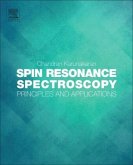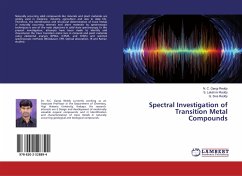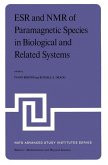Double electron electron resonance (DEER) is an EPR technique which allows for distance measurements on the nanometer scale. Here, EPR-based distance measurements were extended to in-cell applications. From evaluation of nitroxides for experiments in intracellular environment of Xenopus laevis oocytes and through proof-of-principle experiments optimal parameters for performing in-cell DEER were found. On the example of G-quadruplexes formed by oligomers of human telomeric DNA, DEER was shown to be applicable for structural identification of biological objects under their native conditions.
Bitte wählen Sie Ihr Anliegen aus.
Rechnungen
Retourenschein anfordern
Bestellstatus
Storno








